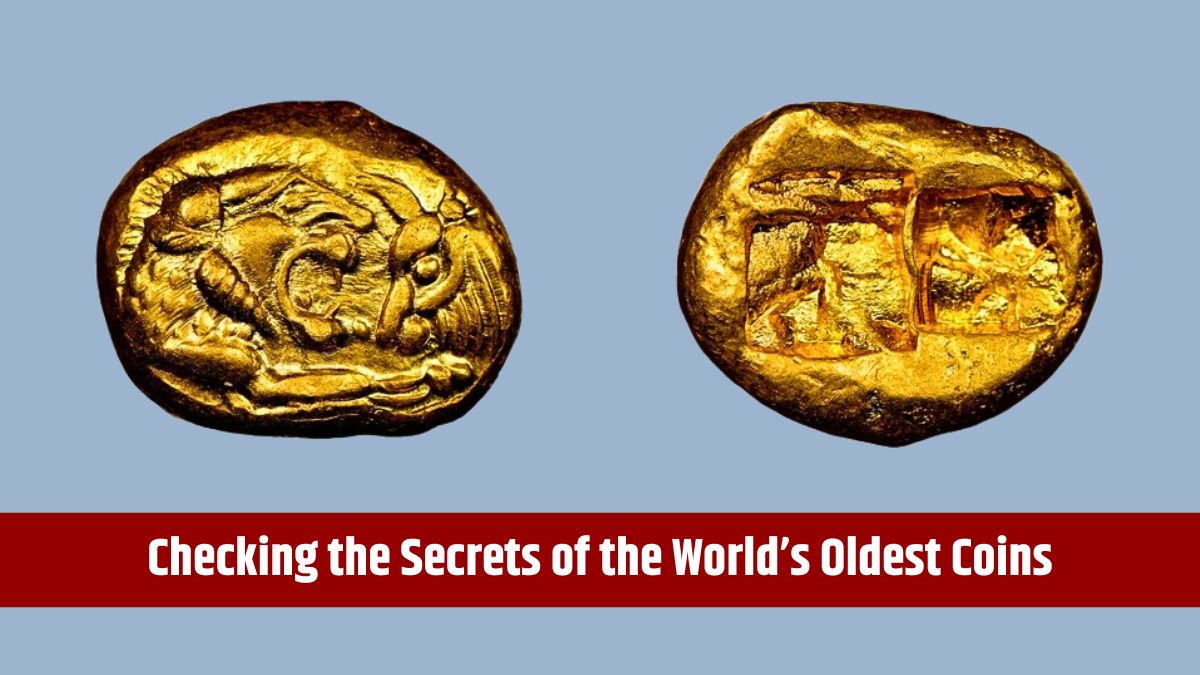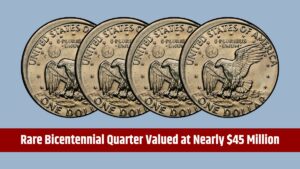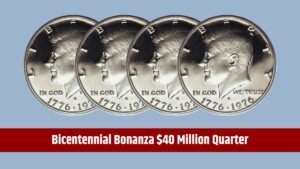Coins aren’t just pieces of metal; they’re portals to history. The earliest coins offer glimpses into ancient societies, the birth of commerce, and the evolution of economic systems. Here are five fascinating facts about the world’s oldest coins that highlight their historical and cultural importance.
Lydian Stater
Origin: The Lydian Stater, minted around 600 BCE in the ancient kingdom of Lydia (modern-day Turkey), is widely regarded as the first real coin.
Material: These coins were made from electrum, a natural alloy of gold and silver, and often featured a lion’s head—a symbol of King Croesus’ wealth and power.
Significance: While earlier forms of money like bullion existed, the Lydian Stater marked the introduction of government-issued coins with standardized weights and designs. This revolutionized trade by making transactions more reliable and efficient.
Owl of Athens
Origin: Minted in Athens during the 5th century BCE, the Athenian Owl coin is iconic. It features the goddess Athena on one side and an owl—representing wisdom and knowledge—on the other.
Impact: This coin became a widely accepted currency across the ancient world, reflecting Athens’ dominance in trade and politics during its Golden Age. It was not only a medium of exchange but also a symbol of Athenian democracy, freedom, and intellectual prowess.
Legacy: The Athenian owl remains a universal symbol of wisdom and democracy, making it one of the most enduring designs in numismatic history.
Roman Denarius
Introduction: First minted in 211 BCE during the Roman Republic, the denarius was a silver coin that played a critical role throughout the Roman Empire.
Function: Weighing about 3.9 grams, it was used for trade and to pay soldiers, helping to fuel Rome’s military campaigns and economic growth.
Decline: Over time, inflation and debasement (reducing silver content) led to the denarius losing its value. This economic instability contributed to the decline of the Roman Empire.
Significance: The denarius is a powerful reminder of Rome’s expansive trade networks and the complexities of maintaining a vast empire.
Chinese Ban Liang Coin
Introduction: The Ban Liang coin, first minted during the Zhou Dynasty around 400 BCE, is one of China’s earliest coins. It remained in use for over a millennium, evolving through different dynasties.
Design: These coins were circular with a square hole in the center, allowing them to be strung together for easy transport—a hallmark of Chinese innovation.
Legacy: The Ban Liang coin laid the foundation for China’s standardized currency system, influencing monetary practices for over 2,000 years.
Indian Punch-Marked Coins
Origin: Dating back to the 6th century BCE, Indian punch-marked coins are among the oldest known coins in the subcontinent. They were issued by various kingdoms in northern India before the Mauryan Empire.
Design: Made of silver, these coins featured unique punches or symbols such as animals and patterns. Unlike later coins, punch-marked coins were irregular in shape and size.
Impact: These early coins paved the way for a more structured monetary system under the Mauryan Empire, influencing Indian commerce and trade for centuries.
From the ingenuity of the Lydians to the practical innovations of the Chinese, the oldest coins in the world are more than relics—they’re stories of humanity’s progress. Each coin tells a tale of power, culture, and economic evolution, making them invaluable pieces of history.
FAQs
What is the oldest coin ever made?
The Lydian Stater, minted around 600 BCE, is the world’s first coin.
Why is the Athenian owl coin significant?
It symbolizes wisdom, democracy, and Athens’ Golden Age.
What made the Roman denarius important?
It facilitated trade and paid soldiers, supporting Rome’s economy.
What is unique about Ban Liang coins?
Their square hole design made them easy to carry on strings.
What were Indian punch-marked coins used for?
They were used for trade and business before the Mauryan Empire.



